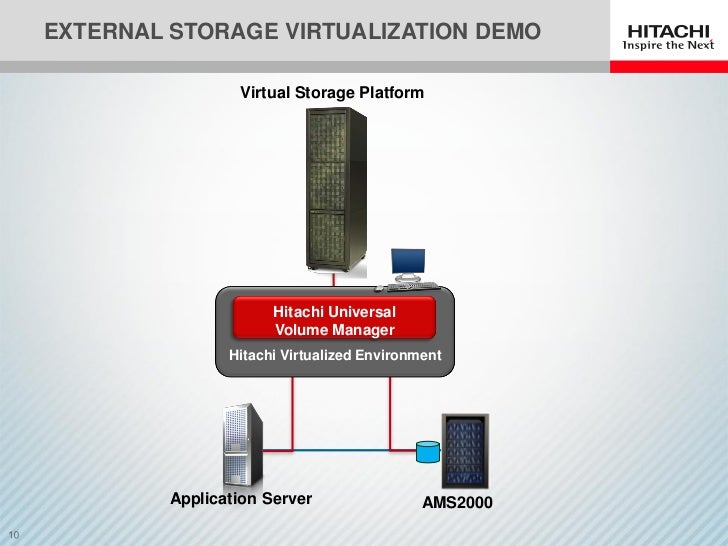Universal Volume Manager
Universal’s specialized services are for-hire, dedicated truckload services that differ from normal truckload in that the commodities are specialized — normally oversized or over-weight. We provide rigging and specialized loading and unloading, regulatory compliance, accompaniment services, and any other support services required by either. A volume manager is more flexible than traditional partitioning methods for storage volumes. Volume managers can stripe together or combine partitions and block devices into bigger, resizable virtual partitions without downtime. This can help with storage performance and capacity planning.
(redirected from Universal Volume Manager)| Acronym | Definition |
|---|---|
| UVM | University of Vermont |
| UVM | Universidad del Valle de México |
| UVM | Universal Verification Methodology (circuit design) |
| UVM | Universal Voice Module |
| UVM | Universal Volume Manager |
| UVM | User'S Virtual Machine |
| UVM | Unity Voice Messaging |
| UVM | Unreal Virtual Machine |
| UVM | Unique Visitors per Month (web analytics) |
| UVM | Utility Vegetation Management |
| UVM | Universitas Viridis Montis (University of the Green Mountains aka University of Vermont) |
| UVM | Universal Voice Module (Cisco) |
| UVM | Universal Volume Manager (Hitachi Data Systems) |
| UVM | University of Vermont Medium |
| UVM | Uniform Version Model |
| UVM | Universal Virtual Machines (Microsoft) |
| UVM | Und Viele/s Mehr (German: And Many/Much More) |
| UVM | Urban Vector Map |
Want to thank TFD for its existence? Tell a friend about us, add a link to this page, or visit the webmaster's page for free fun content.
Link to this page:
You can download and install the latest version of the Universal Render Pipeline (URP) to your existing Project via the Package Manager system, and then install it into your Project. If you don’t have an existing Project, see documentation on how to start a new URP Project from a Template.
Before you begin
URP uses its own integrated post-processing solution. If you have the Post Processing Version 2 package installed in your Project, you need to delete the Post Processing Version 2 package before you install URP into your Project. When you have installed URP, you can then recreate your post-processing effects.
URP does not currently support custom post-processing effects. If your Project uses custom post-processing effects, these cannot currently be recreated in URP. Custom post-processing effects will be supported in a forthcoming release of URP.
Installing URP
- In Unity, open your Project.
- In the top navigation bar, select Window > Package Manager to open the Package Manager window.
- Select the All tab. This tab displays the list of available packages for the version of Unity that you are currently running.
- Select Universal RP from the list of packages.
- In the botoom right corner of the Package Manager window, select Install. Unity installs URP directly into your Project.

Configuring URP
Before you can start using URP, you need to configure it. To do this, you need to create a Scriptable Render Pipeline Asset and adjust your Graphics settings.
Creating the Universal Render Pipeline Asset
The Universal Render Pipeline Asset controls the global rendering and quality settings of your Project, and creates the rendering pipeline instance. The rendering pipeline instance contains intermediate resources and the render pipeline implementation.

Volume Manager Driver
To create a Universal Render Pipeline Asset:
Universal Volume Manager Hitachi
- In the Editor, go to the Project window.
- Right-click in the Project window, and select Create > Rendering >: Universal Render Pipeline>: Pipeline Asset. Alternatively, navigate to the menu bar at the top, and select Assets >: Create >: Rendering >: Universal Render Pipeline >: Pipeline Asset.
Universal Volume Manager Download
You can either leave the default name for the new Universal Render Pipeline Asset, or type a new one.
Adding the Asset to your Graphics settings
To use URP, you need to add the newly created Universal Render Pipeline Asset to your Graphics settings in Unity. If you don't, Unity still tries to use the Built-in render pipeline.
App Volume Manager
To add the Universal Render Pipeline Asset to your Graphics settings:
- Navigate to Edit > Project Settings... > Graphics.
- In the Scriptable Render Pipeline Settings field, add the Universal Render Pipeline Asset you created earlier. When you add the Universal Render Pipeline Asset, the available Graphics settings immediately change. Your Project is now using URP.

Upgrading your shaders
Universal Volume Manager Windows 10
If your Project uses Lit Shaders from the Built-in Render Pipeline, you must convert those Shaders to URP Shaders. For information on this, see Upgrading your Shaders.
